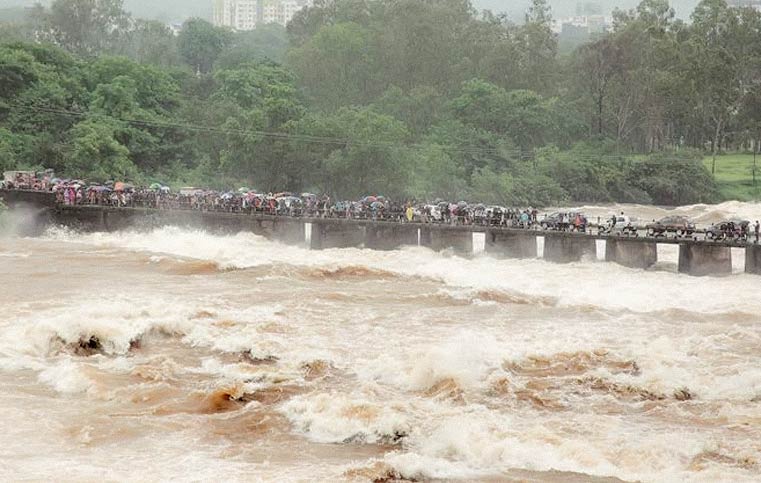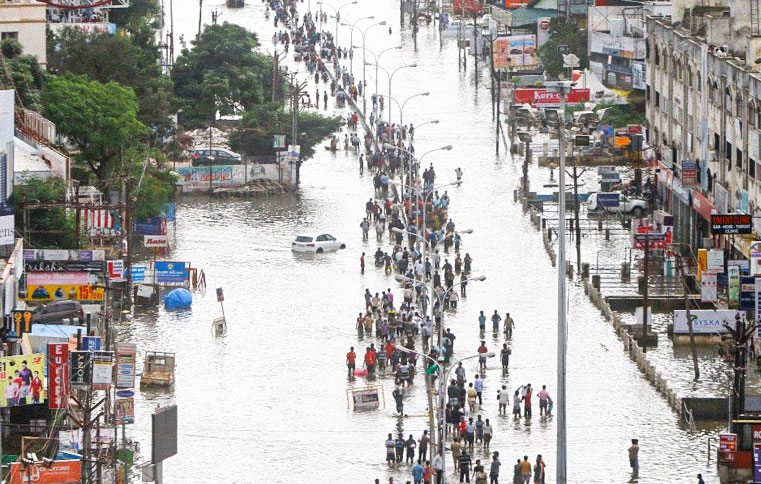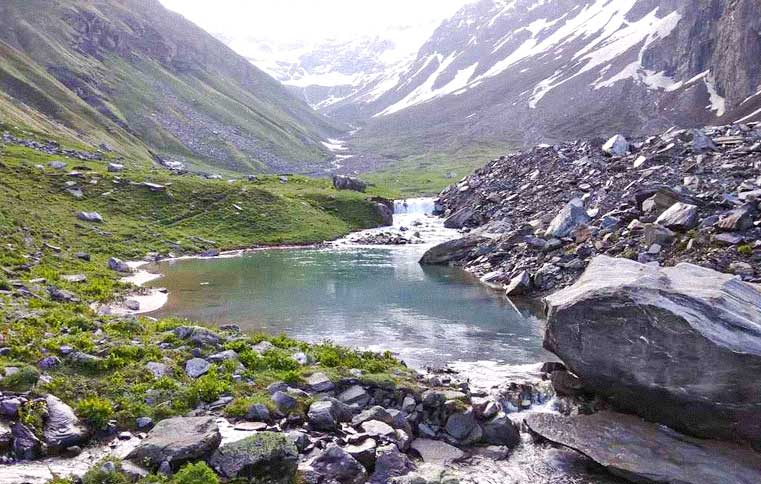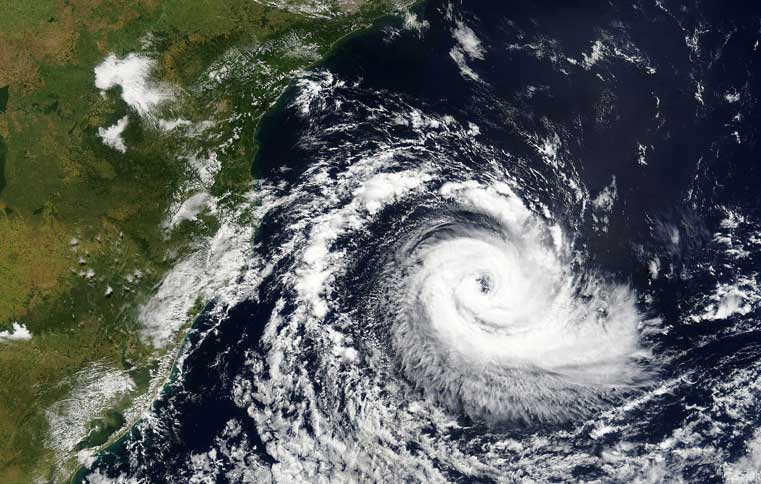The Pune Floods of 2019: How can it be explained?
By: Muskan Aggarwal | Date: 20th February 2020
 Image Source: Indian Express
Image Source: Indian Express
In the months of August and September 2019, the parts of Pune witnessed a heavy downpour leading to devastating flood which consumed the life of 17 people.
The major destruction was observed around the banks of Ambil-Odha(a stream) and the Bhairoba Nullah. This may seem to most, a natural tragedy but there are causes which go deeper than just heavy rains.
The southern region has a depression with hills on the edges which makes the collection of water easier, making it prone to floods. Observing this, Peshwa Nanasaheb reportedly built bunds on the Ambil Odha.
That time Pune was dependent on this stream as the Mula and Mutha rivers were far, thus the lake system created around the bund took care of people’s needs and of the excess water.
Two of the lakes now have been affected, with Sarasbaug lake not existing anymore, and the Katraj lake being reduced and getting filled up with silt easily.
Furthermore, due to mining activities and cutting of hills, the flow of the streams have been disrupted, exposing the region to flash floods.
Even survey of the maps reveals that the water bodies had started reducing with the built-up area going up over the years due to reasons like unauthorised constructions near the stream; deposition of debris and sewage waste in streams; diversion of streams, and increased runoff due to cement roads as noted by Shrikant Gabale in his study.
In addition to this, the weather pattern has also changed over the years, rather than the usual uniform rains over the season there are varying short and intense bursts of precipitation for 7-10 days from June to September.
This can be understood by inter-annual variations, where 2 upper air cyclonic circulation from Andhra Pradesh and North Konkan – Madhya Maharashtra drag the moisture to the state.
Also, the cloud cover increases leading to higher temperatures, the combination of the high temperature with increased moisture trigger instability leading to the formation of cumulus clouds which can turn thundery in serious cases.
These clouds bring unevenly distributed rain which can be devastating as we have seen.
This drastic change in weather patterns can be attributed to climate change, and this is the threat we have put ourselves in due to our own disruptive activities.
With every year, the fear doubles along with the rain as we lose nature to mankind.












